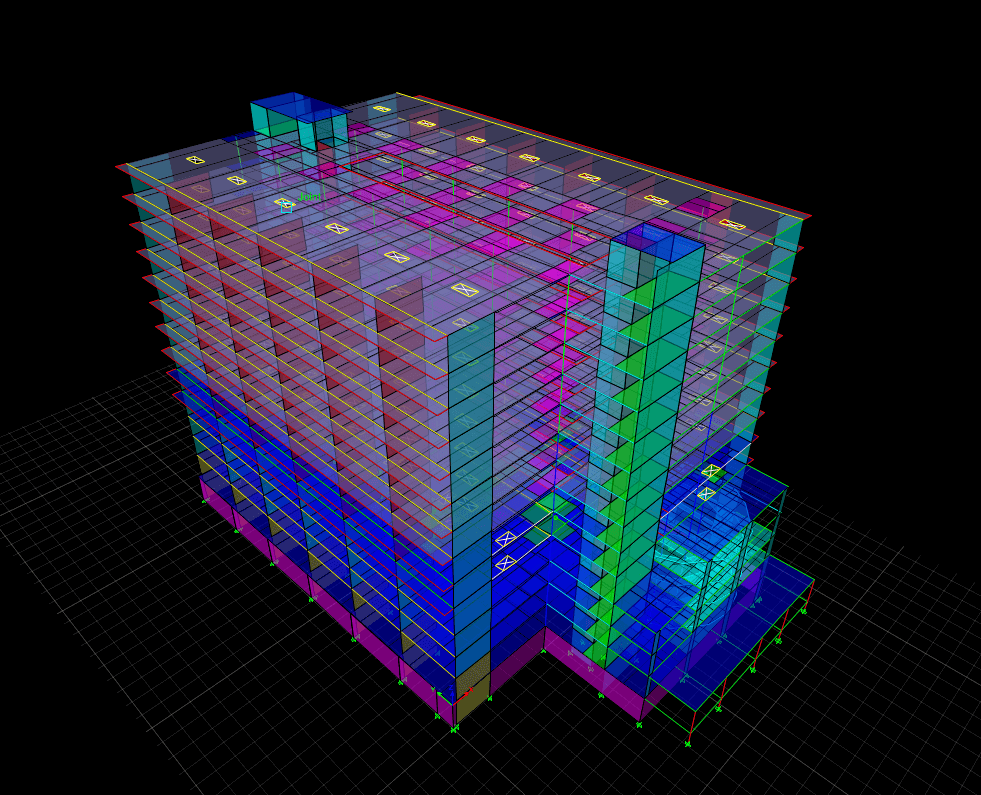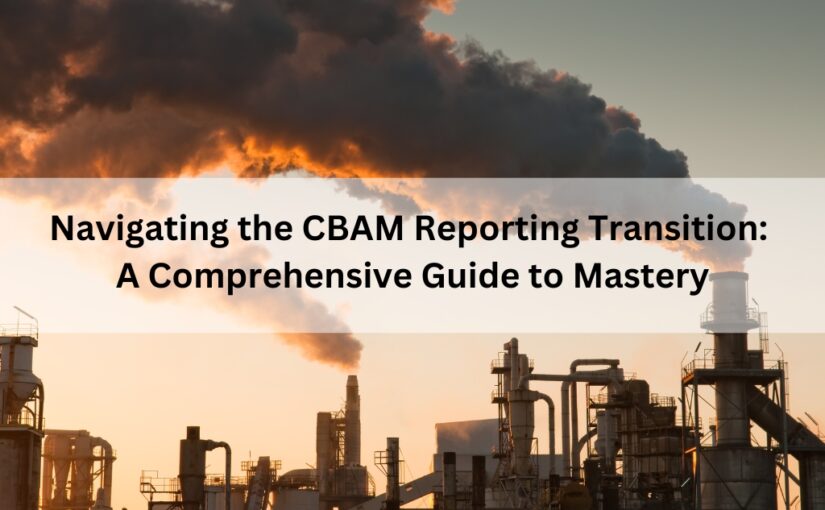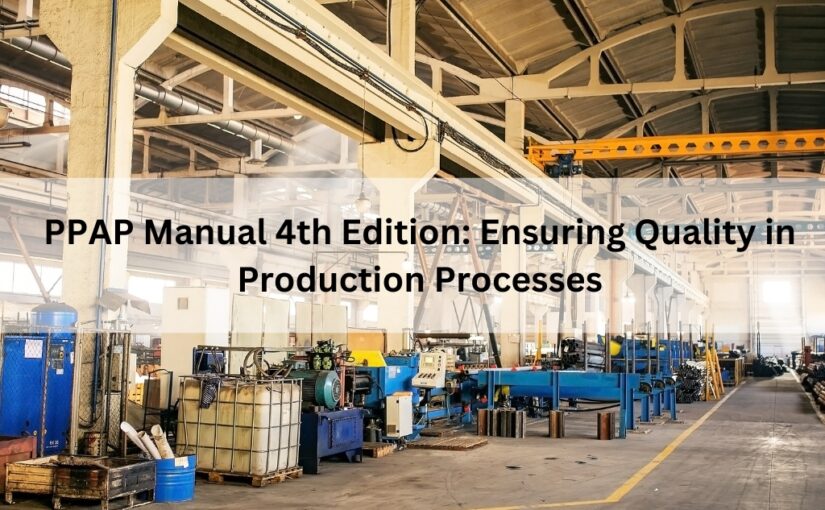Importance of Seismic Design in Building Engineering
 Seismic design is a vital process of structural analysis while designing a building, which is subjected to Earthquake ground motions, such that the facility continues to function and serve its purpose even after an Earthquake.
Seismic design is a vital process of structural analysis while designing a building, which is subjected to Earthquake ground motions, such that the facility continues to function and serve its purpose even after an Earthquake.
Seismic Engineering has evolved over a period of time, the complexity of analysis which used to contain numerous iterations of formulas have now been automated with tools like ETABS, STAAD. Pro, ROBOT, TEKLA and others. These tools results in advantageous outcomes including but not limited to safe, stable & durable structure along with optimization of design & cost-efficient structures.
Hospital & Educational Buildings are special structures with high importance factor ranging around 25-50% analysis score than the residential or commercial structures.
Seismic resistance of a building can be increased by adopting different types of structural systems viz., seismic isolation system, energy dissipation system and active control systems etc., which enhances the seismic behavior of a building by dissipating the lateral forces without damaging the structural elements. The development of new structural systems and devices will proliferate the non-traditional civil engineering materials and techniques. By adopting such advanced system approaches based on dynamic analysis gives better representation of the behavior when simulated for seismic design conditions.
Seismic Importance Factor

However, as we understand the process can be further improvised with the help of design tool APIs (Application programming interface) by integrating and leveraging BIM technology.
Following are the most important characteristics for Earthquake-resistant building designs that influence their structural integrity:
Stiffness and Strength
When designing earthquake-resistant buildings, safety professionals recommend adequate vertical and lateral stiffness and strength.

Regularity
This characteristic refers to the movement of the building when pushed in lateral directions. Safety professionals and building designers want the building to move equally so as to dissipate the energy without placing too much force on one side or another. If a building is irregular, then weaknesses will become apparent when the building sways. The weakness will compromise, and the structure will see concentrated damage – which compromises the structure as a whole.
Redundancy
Possibly one of the most important safety characteristics when designing for safety, redundancy ensures there are multiple strategies in place in case one fails. These can potentially add to the building cost, but redundancies prove their worth if/when a natural disaster such as an earthquake occurs. Safety professionals advise equally distributing mass and strength throughout the structure, so strength isn’t solely reliant on one factor.
Foundations
A stable foundation is a major characteristic of building a large structure regardless of natural disaster risks. It is critical for a building’s long-term survival, and a stronger foundation is necessary to resist an earthquake powerful force. Different areas have unique foundational characteristics that define how a structure’s base needs to be reinforced. Professionals have to closely observe how the ground reacts and moves before building. Buildings designed to withstand violent earthquakes have deep foundations and driven piles. To stabilize these drastic measures, the foundations are connected so they move as a unit.
Continuous Load Path
Tying into the stable foundation characteristic, structural and nonstructural components of a building need to be interconnected so inertial forces dissipate. Multiple points of strengths and redundancies share the force instead of the quake splitting the foundation apart. This is the continuous load path characteristic that safety professionals, architects, and engineers must remain wary of during design. If the structure is not comprehensively tied together, components will move independently, and collapse will be imminent. The continuous load path is the earthquake’s journey through the building – laterally and vertically. It is vital the path is intact or else it won’t be able to dissipate an earthquake’s powerful shudders.
Earthquakes happen less frequently than other natural disasters but building earthquake-resistant buildings protects against all-natural disasters. Safety professionals keep people’s safety a priority when researching and developing protective strategies for structural integrity. Due to the amount of synergy needed to develop earthquake-resistant building provisions, safety professionals work closely with other fields. They have to appreciate multiple factors they may not be experts in and communicate with other professionals to find the most effective solutions.
Hospital buildings and educational building being categorized as important structures, a reliable solution with safety factor and rigorous iterations done for the proper behavior of the structure is adopted. It takes into count of stiffness, torsional regularity, overturning, drifts limitations to ensure the safety of the structure.
At Enventure while we do the Design & Analysis of a structure, we consider the above characteristics as well as factors like Response modification, Importance factor, Seismic zone etc. from international design codes depending upon their types, occupancy, region etc.
Talk to one of our design engineering experts to learn more.










